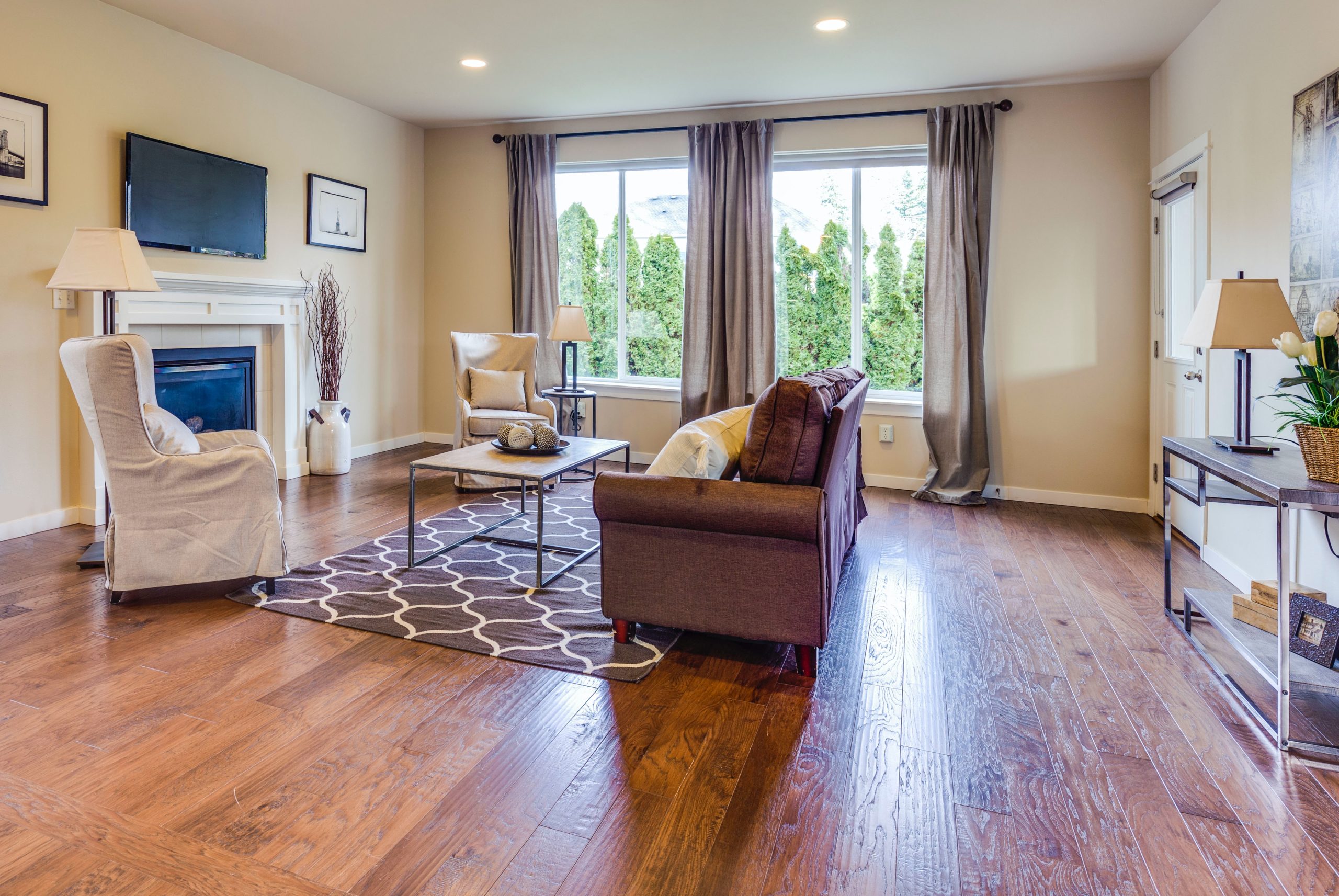Choosing the right flooring for your home is more than just a design decision. It’s an investment, one that impacts your home’s aesthetic, functionality, and value. One particular option, wood flooring, has been a preferred choice for generations. Its charm, versatility, and durability have stood the test of time, yet its vital to look beyond the surface and explore whether wood flooring is indeed a wise investment for your home. So, lets delve into the various facets of wood flooring and evaluate its worth as a home investment.
The Allure of Wood Flooring
Wood flooring has an undeniable charm that can enhance the aesthetic of any room. Its natural look and feel, the rich variation in grain and colour, the way it ages gracefully – all these factors contribute to its allure. It is versatile enough to complement any style of interior design, whether contemporary or traditional.
Beyond the aesthetics, wood flooring is also prized for its durability. With proper care and maintenance, wood floors can last a lifetime, outliving many other types of flooring. If the allure of wood flooring is strong, but you need a budget alternative, wood-like alternatives like parquet flooring look just as good – click here for some of the best examples.
A Healthy Choice
Wood flooring isn’t just an aesthetically pleasing and durable option; it also contributes to a healthier home environment. That may come as a surprise, but the type of flooring you choose can hugely impact indoor air quality and your health.
In addition to being hypoallergenic, wood floors are easier to clean and sanitise. Spills, dirt, and dust can be quickly wiped away without leaving a residue, reducing the chances of germs and bacteria proliferating in your living space. This ease of cleaning is particularly beneficial in households with children, who often spend time playing on the floor.
The Value Proposition
When it comes to adding value to your home, wood flooring stands out as a smart investment. Prospective homebuyers often view wood flooring favourably, and homes with wood floors sell faster and for higher prices than homes without.
Of course, the initial cost of installing wood flooring can be high compared to other options like laminate. However, the longevity of wood floors and their potential to increase home value can make up for this initial outlay over the long term. Plus, they typically don’t need as much maintenance and have a super long lifespan – if you maintain wooden flooring as it should be, it can last up to 15 years.
The Environmental Consideration
Another aspect to consider when evaluating wood flooring as an investment is its environmental impact. While it’s true that the production of wood flooring involves the cutting of trees, many manufacturers now source their wood from sustainably managed forests. In addition, wood floorings long lifespan means it doesn’t need to be replaced as often as other types of flooring, reducing waste.
Wood flooring has multiple benefits – it’s aesthetically appealing, durable, hypoallergenic, and boosts home value. While its initial cost may be higher, its longevity and potential value increase make it a potentially wise investment. Environmental concerns can be alleviated with sustainably sourced wood. The final decision, however, rests on personal preferences, needs, and budget.






